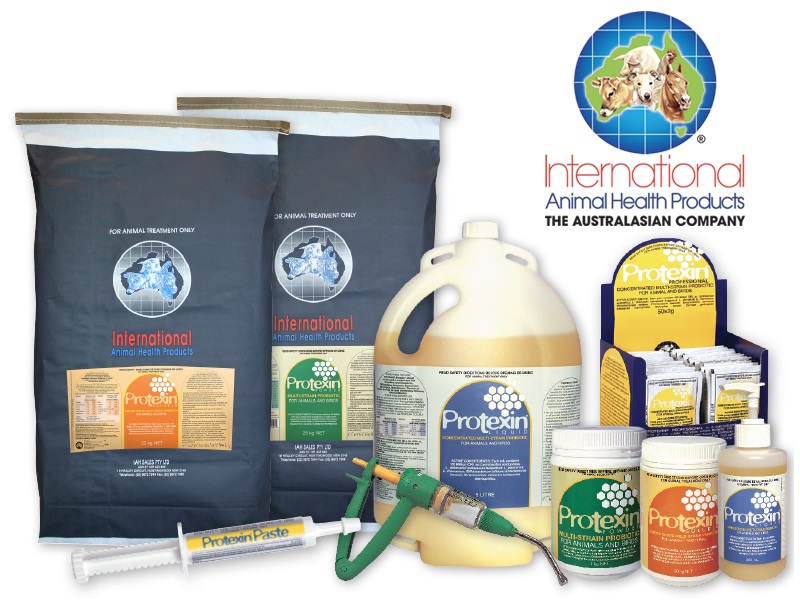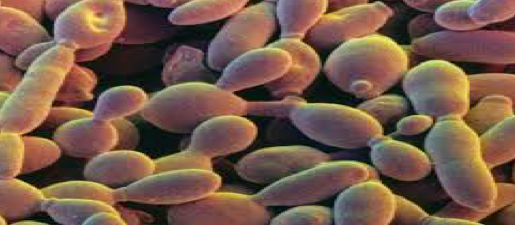
Probiotics and Yeasts: What’s the difference?
There is a lot of confusion in the marketplace about what is a probiotic and how do they compare to yeast. But before we start, here are some definitions:
Definition of a probiotic: The World Health Organisation (WHO) 2001 definition of probiotics is “live micro-organisms, when administered in adequate amounts, confer a health benefit to the host”.
Definition of a yeast: a microscopic fungus consisting of single oval cells that reproduce by budding and are capable of converting sugar into alcohol and carbon dioxide.
PROBIOTICS Uses:
- To correct gut imbalances, therefore capable of treating and controlling scouring or diarrhoea.
- To suppress pathogens like E.coli and Salmonella therefore rebalancing the gut.
- To re-establish the gut following antibiotic usage.
The more advanced probiotics have the ability to improve passive transfer of immunity to newborns via the colostrum. Additionally they can exert a cellular immune response resulting in better resistance to disease, especially viral disease as well as enhancing the host animal’s capacity to respond to vaccinations.
- How are they derived?: Probiotics are naturally occurring from dairy products, fermenting plants or isolated from the intestinal tracts of animals (including humans) and birds.
- Multi-strain: The more advanced probiotic products contain a variety of different probiotic microbes to ensure robust performance and wide applicability
- Shelf life: Probiotics can be coated to improve stability and protect the micro-organism as it journeys its way through the crop (of birds) or stomach (of animals) into the gut and to ensure shelf-life (up to 2 years). The exception being yoghurt, in which probiotics are stable for a very short period even under refrigeration, sometimes only days and are designed to be consumed within a month – 6 weeks.
- Manufacturing: Probiotics are produced by fermentation and then freeze dried to produce a powder.
- Commercial value: The probiotic concentrates are high value products, costing $hundreds or $thousands of per kilogram
YEASTS Uses:
- To make bread rise and alcoholic beverages like beer and wine.
How are yeasts derived? : Yeasts are widely dispersed in nature with a wide variety of habitats. They are commonly found on plant leaves, flowers, and fruits, as well as in soil. Yeasts are also found on the surface of the skin and in the intestinal tracts of warm-blooded animals, where they may live or as parasites.

- Single strain: Yeast products contain only one type of microbe and lack the versatility of multi-strain probiotics
- Manufacturing: Yeasts are produced by fermentation and then roller dried, fluid-bed dried or spray dried to produce a powder
- Commercial value: Yeasts are mass-produced products of low commercial value, costing $5.00 – 10.00 per kilogram
- Shelf life: Despite the confusion in the marketplace and as you can plainly see below that yeasts (with some few exceptions) cannot be probiotics because they are not live. If they are to stay alive they need to be vacuum packed after having all oxygen removed and will have a short shelf life of only up to 6 months. Some live yeasts may be prepared in stable form as coated prills, but the protection will be lost if the prills are broken by mixing, milling or pelleting.
|
Unopened |
Room temperature |
Refrigerator |
|
Dry Active Yeast |
2-4 Months |
4 Months |
|
Cake Yeast |
1-2 Weeks |
2-3 Months |
|
Once Opened - regardless of date |
Refrigerator |
Freezer |
|
Dry Active Yeast |
4-6 Months |
6 Months |
Yeasts are useful in a nutritional sense as they;
- Contain protein, fat, carbohydrate, fibre and a range of minerals and vitamins
- Providing good palatability and are useful as a carrier or base to nutritional supplements because of these qualities
- An excellent source of protein and vitamins, including the B-complex vitamins as well as minerals
Finally, there are several products in the Australasian marketplace that claim to be a “digestive aid”. Many of these products contain yeast. While yeast certainly is valued in terms of its nutritional components, to refer to yeast as a digestive aid is misleading and perhaps even deceptive. The APVMA, the Australian Regulator does not have a definition for a “digestive aid”, therefore it is more a marketing term or it could be borne out of ignorance. The term digestive aid could apply to probiotics and or enzymes as these do improve the digestibility of the feed.
About the author: Chris Lawlor is the CEO of International Animal Health, an Australian owned family business specialising in the research, development, manufacture and marketing of animal and bird products for large animals and intensive industries. Areas of speciality include microbials, nutrition and worming. International Animal Health was first to market with Protexin(s) multi-strain probiotic in 1996, followed by D-Scour in 2005, all being APVMA registered products and remain the market leaders today. Other notable additions include Platypus for close water systems and more recently Pro(N8)ure in 2015, which combines a prebiotic, dual strain probiotic and multi-strain enzyme to form a natural microflora management tool for stockfeeders.

